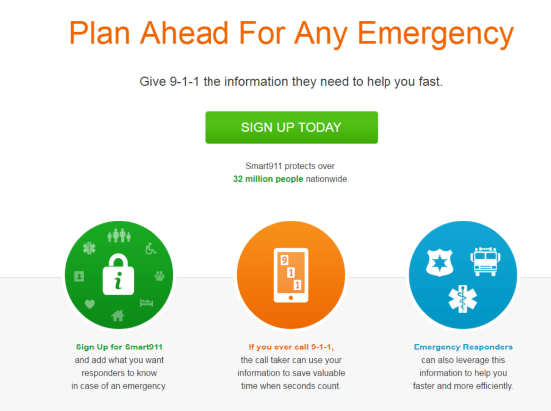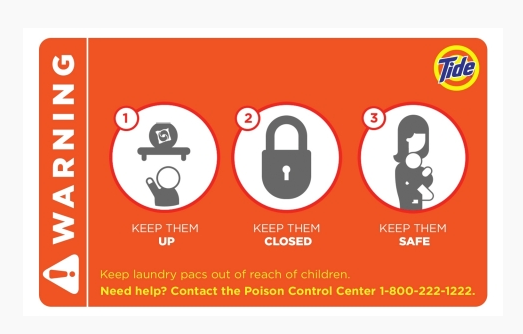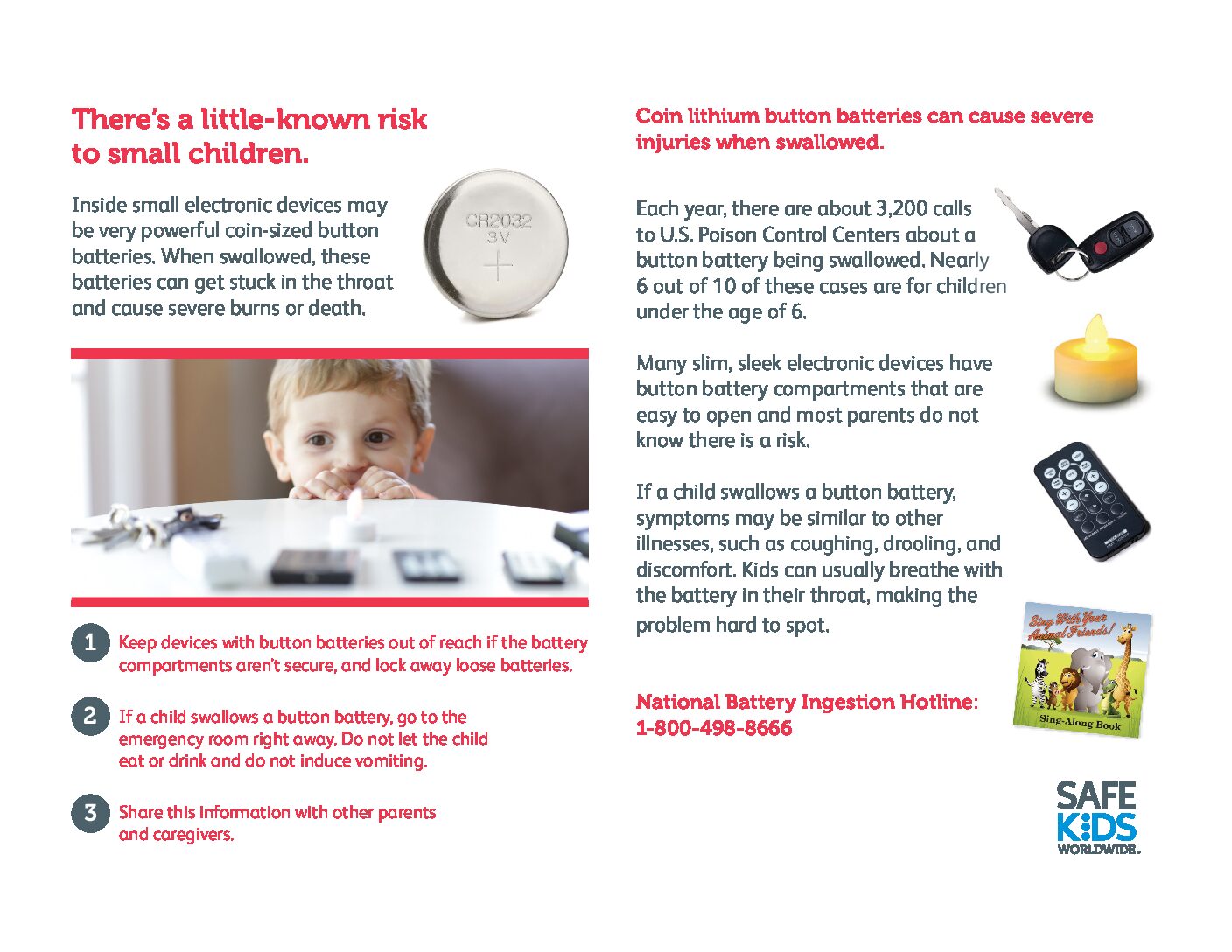Have you thought about presents and toys and their pieces and parts? Safe Kids Worldwide has and this time of the year, when many are purchasing gifts or families are getting gifts, we want to make sure that small pieces and parts are kept from the little ones in your life. What other safety tips should we keep in mind – Christmas tees, button batteries, toys and games, holiday food? Here are a few holiday safety tips to keep in mind.
- CHRISTMAS TREE: Make sure your tree has plenty of water by checking it regularly. Natural trees look beautiful and smell great, but if they’re not watered regularly, needles can dry out and pose a potential fire hazard.
- CANDLES: Keep lit holiday candles at least 12 inches away from anything that can burn, and don’t forget to blow them out when you leave the room or before you go to sleep.
- TOYS AND GAMES: Consider your child’s age when purchasing toys or games this holiday season. It’s worth a second to read the instructions to make sure the gift is age appropriate for the child you are buying it for.
- BUTTON BATTERIES: Keep a special eye on small pieces, including button batteries that may be included in electronic toys. While these kinds of games are great for older kids, they can pose a potential danger for younger, curious siblings.
- BURNS: Help prevent yourself and others from hot holiday food or liquid spills and possible burns. Always use the back burner of your stove and turn pot handles away from the edge.
- ORNAMENTS: Move the ornaments that are breakable or have metal hooks towards the top of the tree as that makes room at the bottom for the ones that are safer for young kids.


